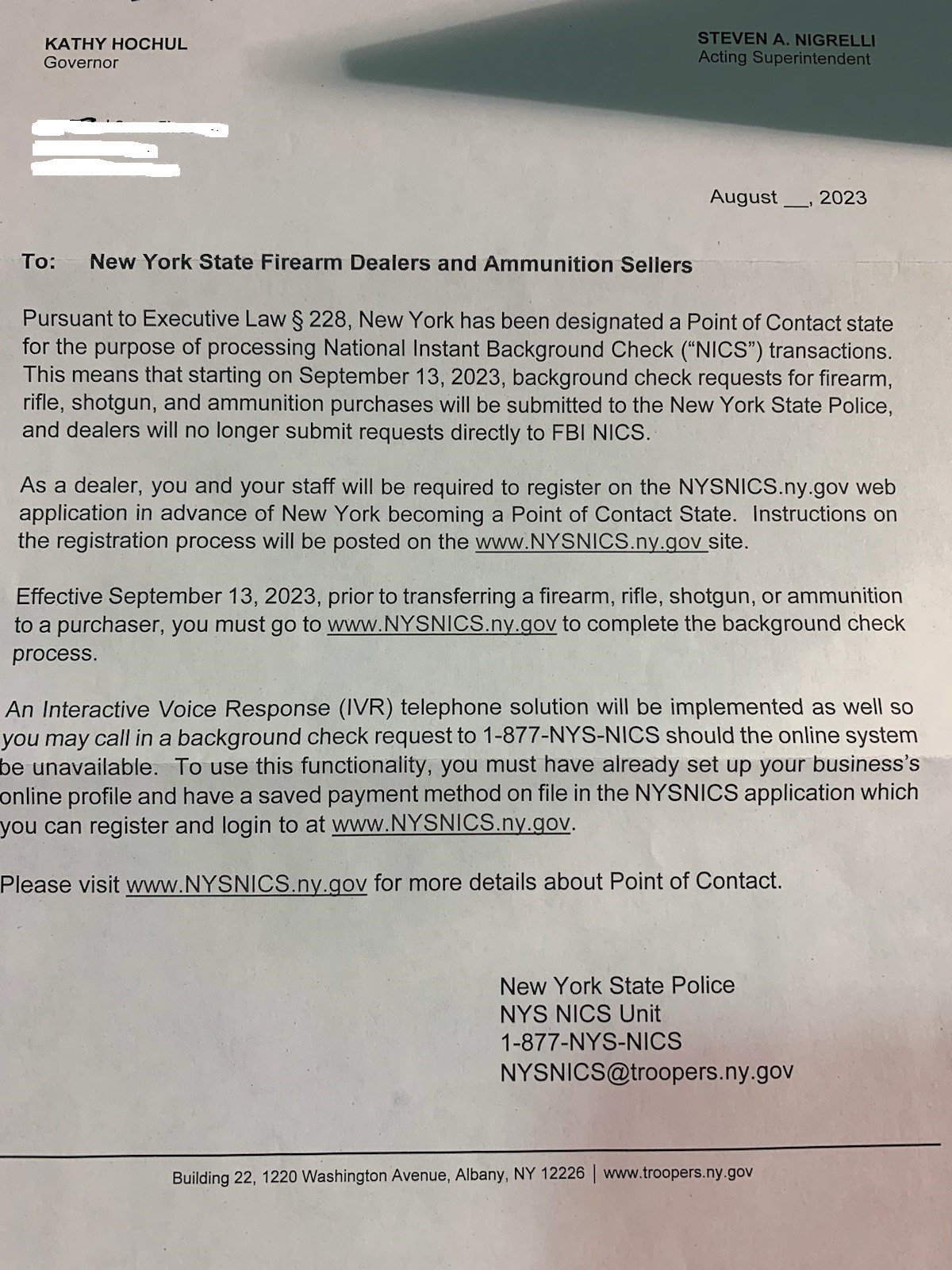Reffitt - Jury Instructions
The Complaint (or Indictment) is what starts a criminal prosecution, and it typically cites statutes. When a jury is given instructions at the end of the submissions of proof by both the prosecution and the defendant, the judge reads “Jury Instructions.” These jury instructions are, generally, set before the trial begins. The language is often more than what is in the statute of the crime. This step in a trial is meant to “instruct” the jury. The language can be based upon precedent cases, can be tailored to the particulars of the pending case, and can use plain English. What it can’t do is in any way change the law. The law controls. The jury instruction helps the layperson on the jury to know what they have to find, beyond a reasonable doubt, to make a determination of guilty or not guilty.
The Complaint (or Indictment) is what starts a criminal prosecution, and it typically cites statutes. When a jury is given instructions at the end of the submissions of proof by both the prosecution and the defendant, the judge reads “Jury Instructions.” These jury instructions are, generally, set before the trial begins. The language is often more than what is in the statute of the crime. This step in a trial is meant to “instruct” the jury. The language can be based upon precedent cases, can be tailored to the particulars of the pending case, and can use plain English. What it can’t do is in any way change the law. The law controls. The jury instruction helps the layperson on the jury to know what they have to find, beyond a reasonable doubt, to make a determination of guilty or not guilty.
The Complaint (or Indictment) is what starts a criminal prosecution, and it typically cites statutes. When a jury is given instructions at the end of the submissions of proof by both the prosecution and the defendant, the judge reads “Jury Instructions.” These jury instructions are, generally, set before the trial begins. The language is often more than what is in the statute of the crime. This step in a trial is meant to “instruct” the jury. The language can be based upon precedent cases, can be tailored to the particulars of the pending case, and can use plain English. What it can’t do is in any way change the law. The law controls. The jury instruction helps the layperson on the jury to know what they have to find, beyond a reasonable doubt, to make a determination of guilty or not guilty.






